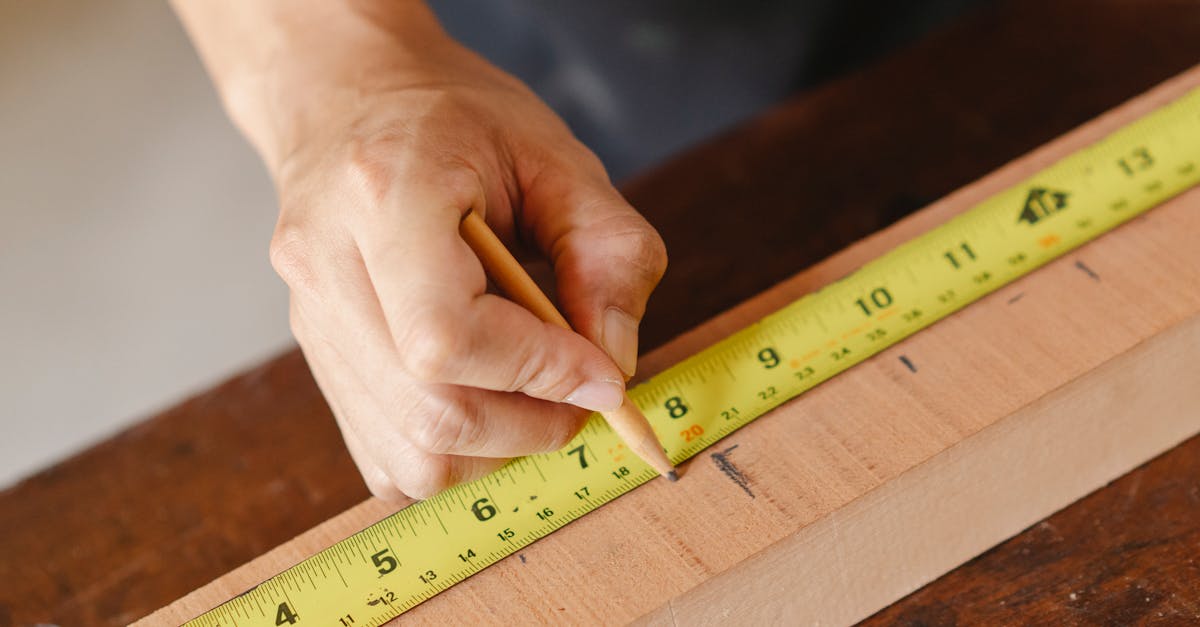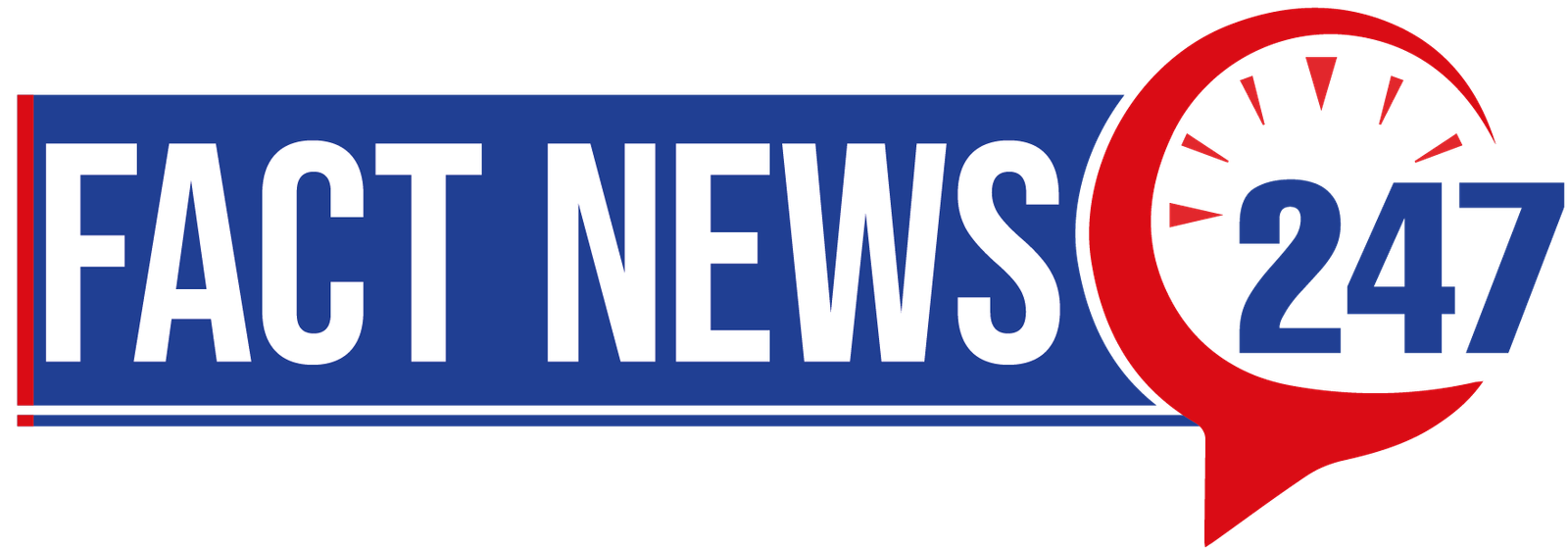 Curiosity about physical attributes has long been a part of human nature, and one question that often arises is how to predict a guy’s size. While this topic may seem taboo, it has become a subject of scientific inquiry and popular interest. Understanding the factors that influence physical characteristics can provide insights into human biology and development.
Curiosity about physical attributes has long been a part of human nature, and one question that often arises is how to predict a guy’s size. While this topic may seem taboo, it has become a subject of scientific inquiry and popular interest. Understanding the factors that influence physical characteristics can provide insights into human biology and development.
This comprehensive guide delves into the science behind size prediction, addressing common myths and misconceptions along the way. It explores reliable indicators such as hormone levels, including free testosterone and sex hormone binding globulin, which play a role in physical development. The guide also examines interesting correlations, like the index finger to ring finger ratio and hand strength, which some studies suggest may have links to certain physical traits. By examining these factors, readers can gain a better understanding of the complex interplay between genetics, hormones, and physical characteristics.
Also Read: How Much Does Taylor Swift Weigh
The Science Behind Size Prediction
how to predict a guy’s size: Genetic Factors
Genes play a significant role in determining physical characteristics, including size. Research suggests that genetic influence on weight disorders varies from 25% to 80% among individuals. This genetic predisposition affects factors such as appetite, metabolism, and body fat distribution. For some, having overweight parents or relatives increases the likelihood of developing similar traits.
how to predict a guy’s size: Hormonal Influences
Hormones, as chemical messengers, regulate various bodily processes. Leptin, insulin, sex hormones, and growth hormone influence appetite, metabolism, and body fat distribution. Obesity often correlates with abnormal hormone levels, affecting how the body manages fat stores. For instance, growth hormone levels tend to be lower in individuals with obesity compared to those of normal weight.
how to predict a guy’s size: Body Proportions
Human bodies exhibit interesting ratios and symmetry. Artists and medical professionals use these proportions to create realistic figures or identify developmental issues. For example, arm span typically equals height, while the femur bone length is about one-fourth of total height. The head-to-body ratio, often used in figure drawing, varies but averages around 1:7.5 in adults.
Common Myths and Misconceptions
how to predict a guy’s size: Hand size correlation
The belief that hand size correlates with a man’s size is a prevalent myth. Despite its popularity, there is no scientific evidence to support this claim. Studies have shown that hand size is not a reliable indicator of other physical attributes. This misconception likely stems from the tendency to associate larger physical features with overall size.
how to predict a guy’s size: Shoe size myths
Similar to hand size, shoe size has been erroneously linked to predicting a man’s size. However, research has debunked this myth as well. Shoe size is determined by factors unrelated to other physical characteristics. It’s important to note that feet have been growing larger over time, with average shoe sizes increasing for both men and women in recent decades.
how to predict a guy’s size: Racial stereotypes
Racial stereotypes regarding size differences are not supported by scientific evidence. While perceptions may be influenced by cultural beliefs, studies have found that there are no significant differences in size between races. These stereotypes can perpetuate harmful biases and should be challenged. It’s crucial to recognize that individual variation within groups is far greater than any perceived differences between racial groups.
Reliable Indicators of Size
Height and Weight Ratio
Body Mass Index (BMI) is a common tool to assess body size, comparing weight to height. A BMI between 18.5 and 24.9 suggests a healthy weight range, while values outside this range may indicate underweight or overweight conditions. However, BMI has limitations as it doesn’t account for body composition. The waist-to-height ratio (WtHR) offers additional insights, with a result of 0.5 or less considered moderate. Body fat percentage provides a more accurate picture of body composition, with different ranges for athletes, fit non-athletes, and those with obesity.
Finger Length Ratio
The 2D:4D ratio, comparing the length of the index finger to the ring finger, has links to prenatal hormone exposure. Studies suggest this ratio may indicate athletic potential and strength. A longer ring finger relative to the index finger is associated with higher testosterone exposure in the womb. This ratio tends to be lower in men than in women and has shown correlations with body composition and athletic performance in various sports.
Testosterone Levels
Testosterone plays a crucial role in male health and development. Low levels can lead to symptoms such as fatigue, reduced sexual desire, and muscle weakness. Factors influencing testosterone include physical activity, obesity, and stress. Body composition, particularly fat mass, has a significant impact on testosterone levels. Studies using Mendelian randomization suggest that reducing fat mass may increase testosterone levels, while muscle mass might not have a direct relationship with testosterone production.
Also Read: How Much Does Taylor Swift Weigh
Conclusion
The exploration of physical attributes and their predictors sheds light on the complex interplay between genetics, hormones, and body composition. This guide has debunked common myths and highlighted more reliable indicators, such as BMI, waist-to-height ratio, and testosterone levels. It’s worth noting that these factors have an influence on overall health and development, going beyond mere size prediction.
To wrap up, understanding our bodies involves more than just measurements or ratios. It’s about recognizing the unique blend of factors that shape each individual. While science offers insights, it’s crucial to remember that diversity is the norm in human physiology. This knowledge can help foster a more informed and respectful approach to discussing and understanding physical characteristics.
FAQs
Q: How can you determine a man’s clothing size?
A: To find a man’s size, you should measure the following:
- Chest: Wrap the measuring tape around the fullest part of the chest, under the armpits, and across the shoulder blades.
- Low Waist: Place the tape around the waist, slightly below the natural waistline, where trousers are typically worn.
- Hips: Measure around the widest part of the hips.
Q: Is it possible to estimate a man’s size based on his hand size?
A: No, it is not possible to determine a man’s size in terms of genitalia by looking at the size of his hands or any other body parts such as feet or forearms. Research has debunked these myths, showing no reliable correlation.
Q: Does body girth increase as one ages?
A: Yes, body measurements generally increase with age. This includes an increase in girth, which varies in rate at different age stages, such as from ages 7 to 12, 12 to 13, and 13 to 17.
Q: Is there a correlation between a man’s height and penile size?
A: While studies have shown a statistical relationship between penile length and both body height and foot length, the correlation is weak. Therefore, height and foot size are not practical indicators of penile length.



























+ There are no comments
Add yours